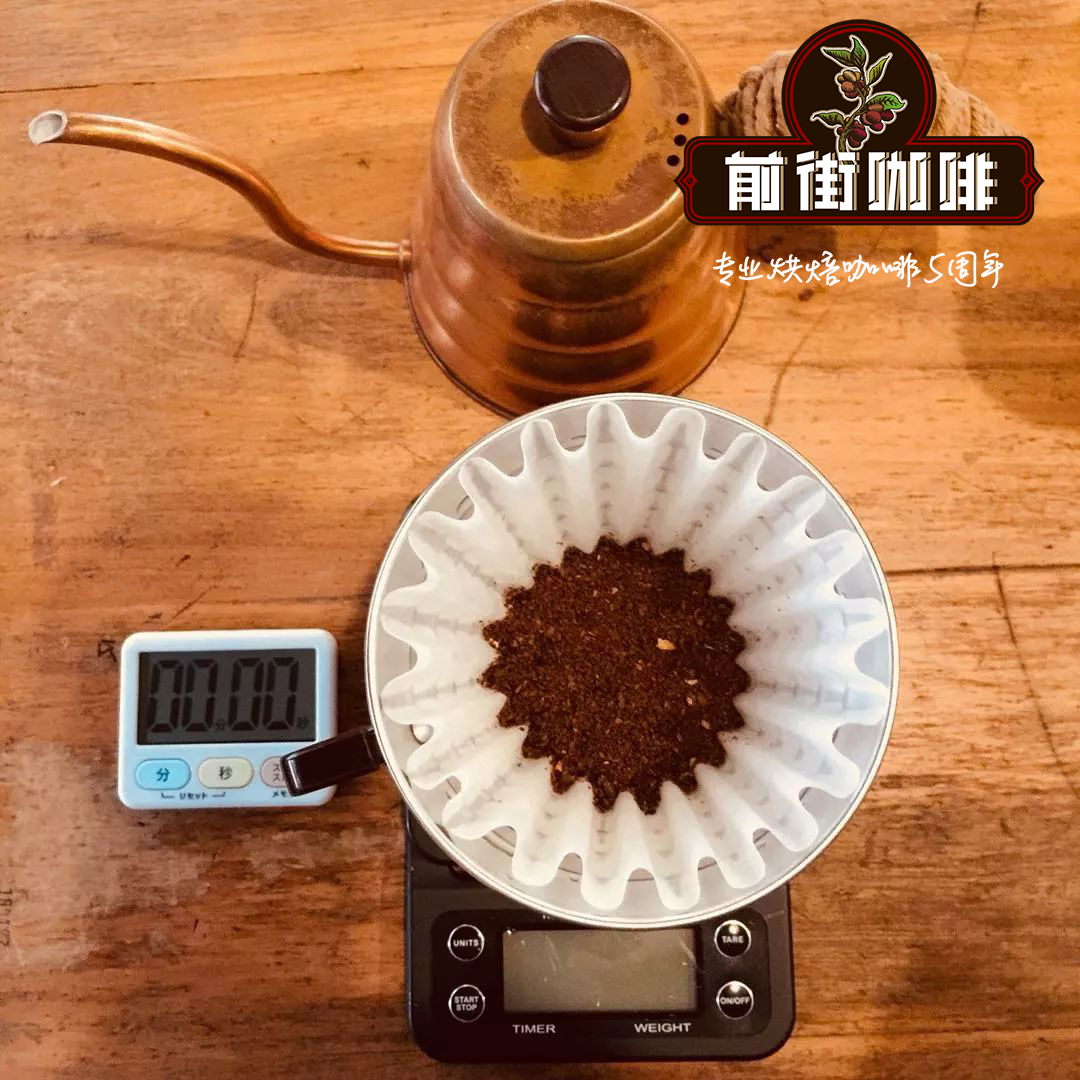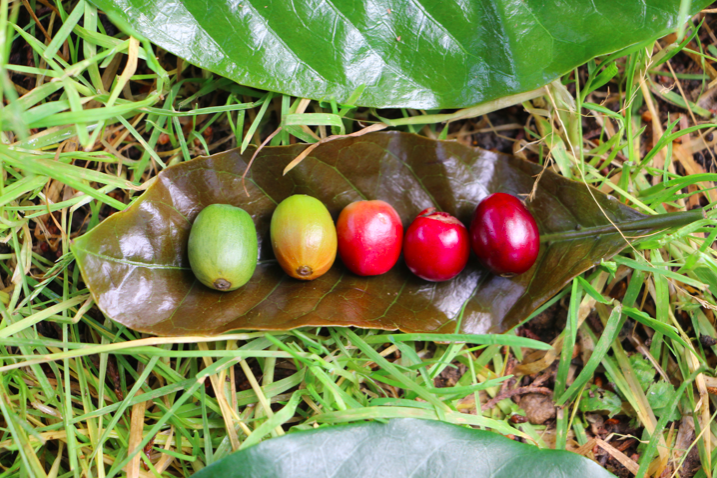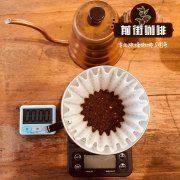How do you grade Kenyan coffee? Description of Kenyan Coffee Flavor

For information, please follow the coffee workshop (Wechat official account cafe_style)
Kenya (Kenya) is located in eastern Africa, adjacent to Ethiopia, the "source of coffee". Despite the fertile soil, coffee was first grown in the country when Bourbon (also known as French mission, to commemorate the introduction of French missionaries) was introduced from Brazil in 1893; like the story of "go left, go right", coffee did not move inland to the south but to the Red Sea. After hundreds of years of spread, after settling down and mutating all over the world, he returned to his hometown, the Great Rift Valley (The Great Rift Valley).
As a British colony, it is only natural that the benefits of exporting coffee are skewed towards the sovereign state. Until 1954, Kenyans owned only 5000 acres of arable land, most of which were controlled by the British and sent to London for auction. Although the colony seems to have been exploited, without the British laboratory Scott Laboratories, Kenyan coffee would not have been what it is today. Because its representative varieties SL-28 and SL-34 are two of the 40 kinds of coffee grown in the laboratory that year. At present, the popular varieties in Kenya include Ruiri 11 with high disease resistance but slightly lower taste, and Batian, K7 and Kent with high drought resistance.
The coffee grading system in Kenya is distinguished by AA-Plus (AA+), AA and AB, which refers to the uniformity of the particle size of coffee beans rather than the quality of coffee. High-quality Kenyan coffee beans are commonly grown between 4200 and 6800 feet (1300-2100 meters) above sea level. The Kenyan AA Kaguyu introduced this time is refined by the Tika processing Plant, which has a history of at least 92 years in central Kenya. Located in the Aberdare Mountains of central Kenya, the town of Tika is more than 1800 meters above sea level. Due to the influence of high altitude, the temperature will not exceed 27 degrees even during the day, and the low temperature will fall around 15 degrees, which is quite suitable for the climate of coffee trees.
Important Notice :
前街咖啡 FrontStreet Coffee has moved to new addredd:
FrontStreet Coffee Address: 315,Donghua East Road,GuangZhou
Tel:020 38364473
- Prev

Quality control procedures of boutique coffee beans. What are the procedures for the trade of boutique coffee raw beans?
Professional coffee knowledge exchange more coffee bean information Please follow the coffee workshop (Wechat official account cafe_style) boutique coffee is the result of the refinement of coffee, a classic commodity that represents globalization, and this has two aspects: first, with the end of the Cold War in the 1990s and the birth of a new rich class from emerging markets, the geographical expansion of the coffee market has reached another peak; another
- Next

Rose summer! Is it what you think is Rose Summer?
The light of the rosy summer world! As long as people indulge in the coffee world, believe that no one knows the name of Rose Summer, it seems to have a kind of beauty that melts your soul. Even if you have never drunk it, the first time your nose smells it and your tongue tastes it, you will fall in love with it instantly. Even if you can't describe it to others, it's already deeply engraved in your heart.
Related
- Detailed explanation of Jadeite planting Land in Panamanian Jadeite Manor introduction to the grading system of Jadeite competitive bidding, Red bid, Green bid and Rose Summer
- Story of Coffee planting in Brenka region of Costa Rica Stonehenge Manor anaerobic heavy honey treatment of flavor mouth
- What's on the barrel of Blue Mountain Coffee beans?
- Can American coffee also pull flowers? How to use hot American style to pull out a good-looking pattern?
- Can you make a cold extract with coffee beans? What is the right proportion for cold-extracted coffee formula?
- Indonesian PWN Gold Mandrine Coffee Origin Features Flavor How to Chong? Mandolin coffee is American.
- A brief introduction to the flavor characteristics of Brazilian yellow bourbon coffee beans
- What is the effect of different water quality on the flavor of cold-extracted coffee? What kind of water is best for brewing coffee?
- Why do you think of Rose Summer whenever you mention Panamanian coffee?
- Introduction to the characteristics of authentic blue mountain coffee bean producing areas? What is the CIB Coffee Authority in Jamaica?

